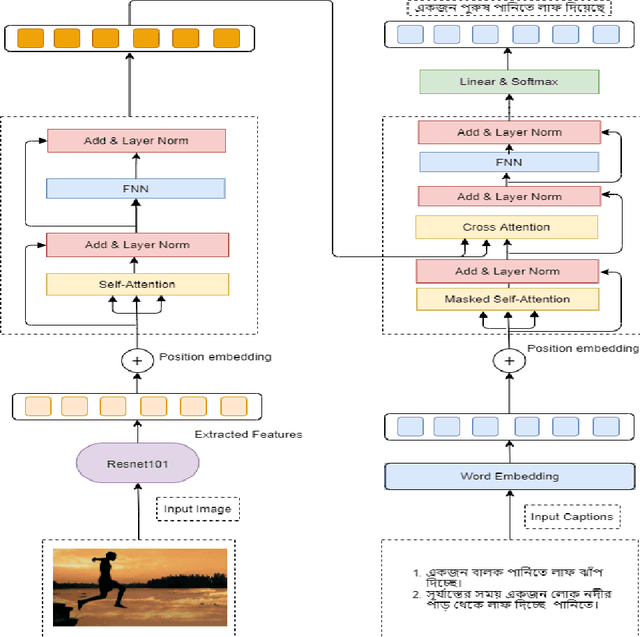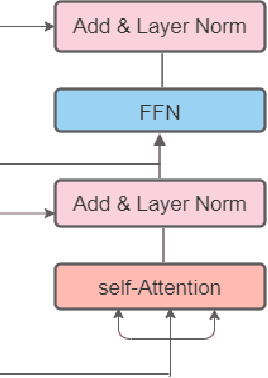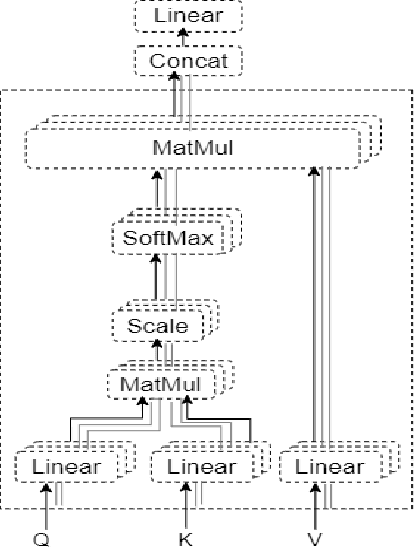Sourav Saha
Combining Query Performance Predictors: A Reproducibility Study
Mar 31, 2025Abstract:A large number of approaches to Query Performance Prediction (QPP) have been proposed over the last two decades. As early as 2009, Hauff et al. [28] explored whether different QPP methods may be combined to improve prediction quality. Since then, significant research has been done both on QPP approaches, as well as their evaluation. This study revisits Hauff et al.s work to assess the reproducibility of their findings in the light of new prediction methods, evaluation metrics, and datasets. We expand the scope of the earlier investigation by: (i) considering post-retrieval methods, including supervised neural techniques (only pre-retrieval techniques were studied in [28]); (ii) using sMARE for evaluation, in addition to the traditional correlation coefficients and RMSE; and (iii) experimenting with additional datasets (Clueweb09B and TREC DL). Our results largely support previous claims, but we also present several interesting findings. We interpret these findings by taking a more nuanced look at the correlation between QPP methods, examining whether they capture diverse information or rely on overlapping factors.
Engineering software 2.0 by interpolating neural networks: unifying training, solving, and calibration
Apr 16, 2024Abstract:The evolution of artificial intelligence (AI) and neural network theories has revolutionized the way software is programmed, shifting from a hard-coded series of codes to a vast neural network. However, this transition in engineering software has faced challenges such as data scarcity, multi-modality of data, low model accuracy, and slow inference. Here, we propose a new network based on interpolation theories and tensor decomposition, the interpolating neural network (INN). Instead of interpolating training data, a common notion in computer science, INN interpolates interpolation points in the physical space whose coordinates and values are trainable. It can also extrapolate if the interpolation points reside outside of the range of training data and the interpolation functions have a larger support domain. INN features orders of magnitude fewer trainable parameters, faster training, a smaller memory footprint, and higher model accuracy compared to feed-forward neural networks (FFNN) or physics-informed neural networks (PINN). INN is poised to usher in Engineering Software 2.0, a unified neural network that spans various domains of space, time, parameters, and initial/boundary conditions. This has previously been computationally prohibitive due to the exponentially growing number of trainable parameters, easily exceeding the parameter size of ChatGPT, which is over 1 trillion. INN addresses this challenge by leveraging tensor decomposition and tensor product, with adaptable network architecture.
Explainability of Text Processing and Retrieval Methods: A Critical Survey
Dec 14, 2022Abstract:Deep Learning and Machine Learning based models have become extremely popular in text processing and information retrieval. However, the non-linear structures present inside the networks make these models largely inscrutable. A significant body of research has focused on increasing the transparency of these models. This article provides a broad overview of research on the explainability and interpretability of natural language processing and information retrieval methods. More specifically, we survey approaches that have been applied to explain word embeddings, sequence modeling, attention modules, transformers, BERT, and document ranking. The concluding section suggests some possible directions for future research on this topic.
An Introduction to Kernel and Operator Learning Methods for Homogenization by Self-consistent Clustering Analysis
Dec 01, 2022Abstract:Recent advances in operator learning theory have improved our knowledge about learning maps between infinite dimensional spaces. However, for large-scale engineering problems such as concurrent multiscale simulation for mechanical properties, the training cost for the current operator learning methods is very high. The article presents a thorough analysis on the mathematical underpinnings of the operator learning paradigm and proposes a kernel learning method that maps between function spaces. We first provide a survey of modern kernel and operator learning theory, as well as discuss recent results and open problems. From there, the article presents an algorithm to how we can analytically approximate the piecewise constant functions on R for operator learning. This implies the potential feasibility of success of neural operators on clustered functions. Finally, a k-means clustered domain on the basis of a mechanistic response is considered and the Lippmann-Schwinger equation for micro-mechanical homogenization is solved. The article briefly discusses the mathematics of previous kernel learning methods and some preliminary results with those methods. The proposed kernel operator learning method uses graph kernel networks to come up with a mechanistic reduced order method for multiscale homogenization.
Bangla Image Caption Generation through CNN-Transformer based Encoder-Decoder Network
Oct 24, 2021



Abstract:Automatic Image Captioning is the never-ending effort of creating syntactically and validating the accuracy of textual descriptions of an image in natural language with context. The encoder-decoder structure used throughout existing Bengali Image Captioning (BIC) research utilized abstract image feature vectors as the encoder's input. We propose a novel transformer-based architecture with an attention mechanism with a pre-trained ResNet-101 model image encoder for feature extraction from images. Experiments demonstrate that the language decoder in our technique captures fine-grained information in the caption and, then paired with image features, produces accurate and diverse captions on the BanglaLekhaImageCaptions dataset. Our approach outperforms all existing Bengali Image Captioning work and sets a new benchmark by scoring 0.694 on BLEU-1, 0.630 on BLEU-2, 0.582 on BLEU-3, and 0.337 on METEOR.
 Add to Chrome
Add to Chrome Add to Firefox
Add to Firefox Add to Edge
Add to Edge